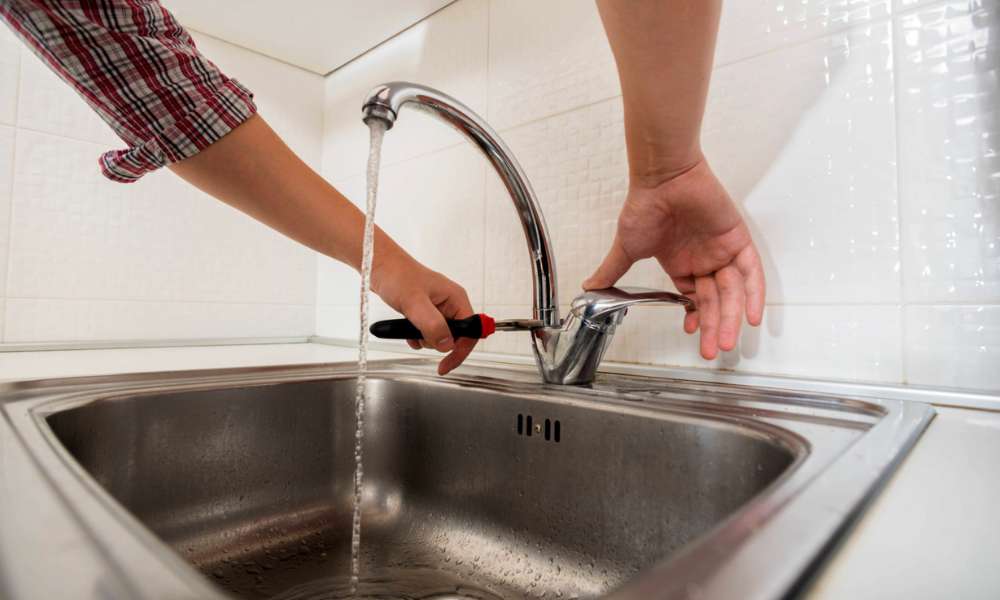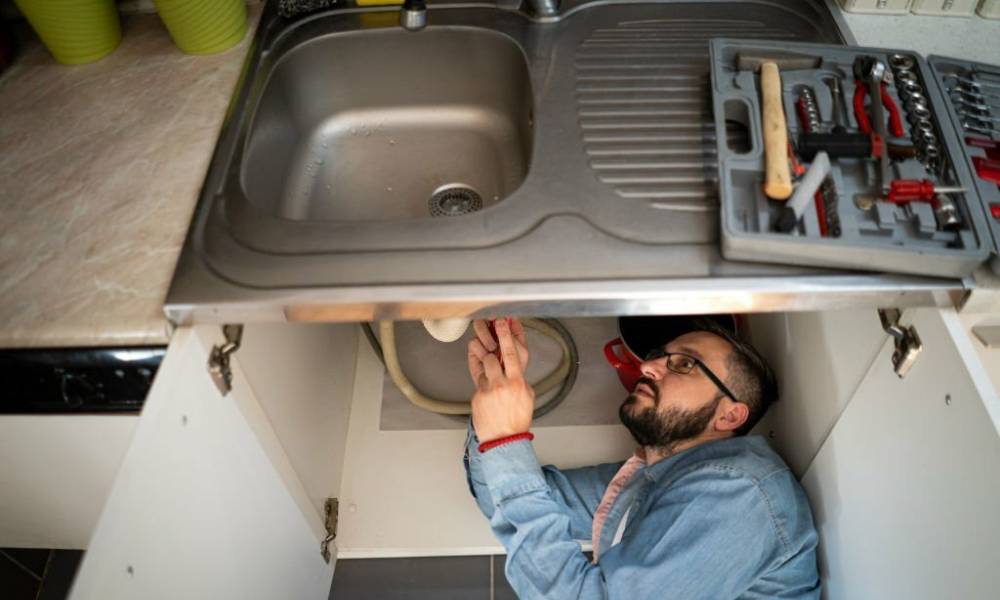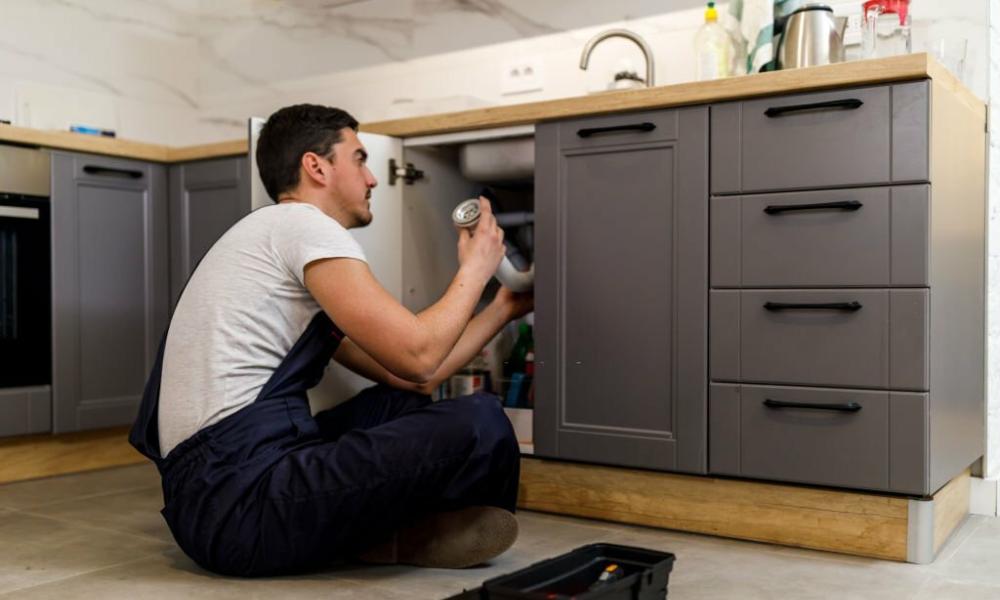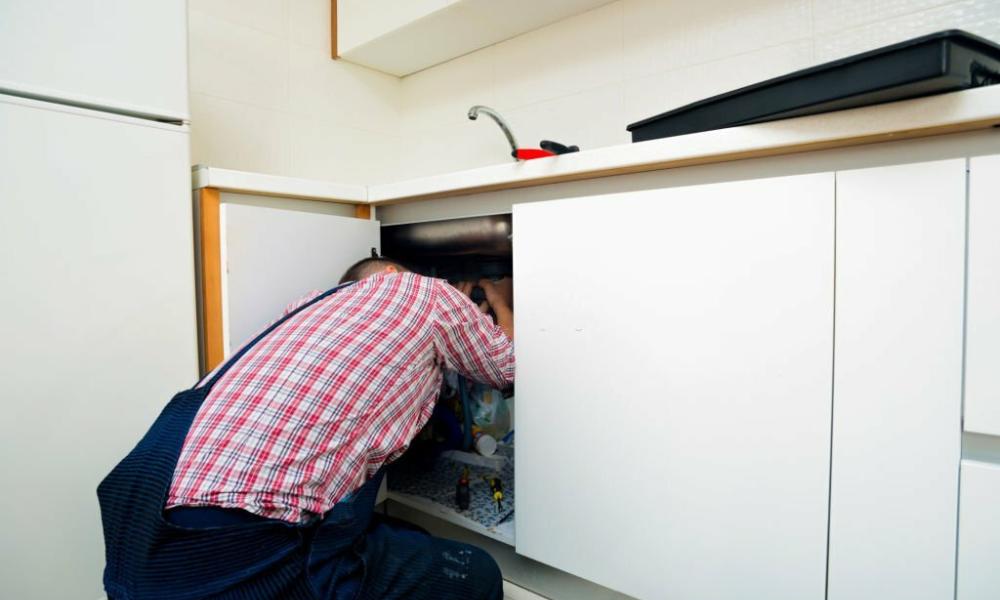To tighten a kitchen sink faucet handle, Use an adjustable wrench to tighten The retaining nuts underneath The handle until it feels secure. Check for any leaks And make sure The handle moves smoothly.
A loose faucet handle can be frustrating to deal with, But tightening it is a simple process that you can do yourself. By following a few steps, You can feel secure And function smoothly in no time.
This article provides a straightforward guide on how to tighten The handle, Helping you save time And money by avoiding The need for a professional plumber. So, Let’s dive into The Process And get back in top condition!
Understanding The Issue
To tighten The kitchen sink faucet handle, You can remove The handle And inspect The mounting nut for any looseness. Use an adjustable wrench to tighten The mounting nut by turning it clockwise. Once tightened, Reattach The handle to ensure a secure And sturdy fit, preventing any further issues.
When faced with a loose handle, It’s essential to first understand The root cause of The problem. Identifying The specific issue with The handle is crucial for effectively addressing The problem. This section will focus on recognizing The signs of loose handles And understanding The underlying reasons for Their instability.
Identifying Loose Faucet Handles
Loose faucet handles can lead to frustration And inconvenience in The kitchen. Common signs of loose handles include wobbling or excessive movement when turning The water on or off. It’s vital to observe And identify These signs to determine whether The handle needs tightening.
- Wobbling or instability when using The faucet
- Excessive movement while turning The handle
- Noticeable looseness or play in The handle
By recognizing These indicators, Homeowners can proactively address The issue before it escalates.
Tools Needed
When it comes to tightening The faucet handle, Having The right tools is crucial for a smooth And effective process. Gathering The necessary tools beforehand can save you time And frustration later on. Here are The essential tools you will need to tighten your handle.
Gathering The Necessary Tools
Before you begin, Make sure to gather all The needed tools. Here’s a list of tools needed to tighten The kitchen faucet handle:
- Adjustable wrench
- Phillips head screwdriver
- Hex key (if necessary)
- Plumber’s grease
- Clean cloth
Tightening The Faucet Handle
Is your kitchen handle feeling loose or wobbly? A loose handle not only hampers The aesthetics of your kitchen but also leads to inefficiency in controlling The water flow. Luckily, Tightening The handle is a simple task you can tackle independently. With our step-by-step guide, You can easily restore The stability of your handle without The need for professional assistance.
Step-by-step Tightening Process
| Tools Required | Screwdriver | Adjustable wrench |
- Turn off The water supply to The faucet.
- Locate The set screw beneath The faucet handle And use a screwdriver to tighten it.
- If The handle remains loose, Use an adjustable wrench to tighten The packing nut located under The handle.
- Test The handle to ensure it is secure, Then turn The water supply back on.
Testing The Faucet
When it comes to tightening your faucet handle, Thorough testing is essential to ensure that The handle is secure And functioning properly. Testing The faucet after making adjustments is crucial to avoid any unexpected leaks or malfunctions. In this section, We will discuss The steps to test The faucet to ensure it is secure And functioning properly.
Ensuring A Secure And Properly Functioning Handle
Before testing The faucet, It is important to ensure that The handle is securely tightened to The base. A loose faucet handle can lead to leaks And affect The overall functioning of The faucet. Follow These steps to ensure a secure And properly functioning handle:
- Check for any visible screws or fasteners on The handle And base. Tighten any loose screws using an appropriate screwdriver.
- Inspect The handle for any signs of wear or damage. Replace The handle if worn out or damaged to ensure a secure fit.
- Ensure that The handle is aligned properly with The base And that it operates smoothly without any resistance.
- Test The handle by turning The faucet on And off to check for any wobbling or instability.
Once The handle is securely tightened And aligned, It is time to test The faucet to ensure it functions properly without any leaks or issues.
Testing The faucet involves running water through it And checking for any leaks, Drips, Or unusual noises.
Follow These Steps to Test The Faucet
- Turn on both The hot And cold water And let Them run for a few minutes to check for any leaks around The base of The faucet.
- Observe The handle for any signs of wobbling or loosening while The water is running. Tighten The handle further if necessary to eliminate any movement.
- Listen for any unusual noises such as rattling or vibrating, Which could indicate loose components within The faucet. Address any such issues promptly.
- Check under The sink for any water drips or leaks, Which may indicate a faulty connection or seal. Tighten any loose connections as needed.
By thoroughly testing The faucet, You can ensure that The handle is securely tightened And The faucet functions properly without any potential issues. Regular testing And maintenance of The faucet can help prolong its lifespan And prevent costly repairs in The future.
Frequently Asked Questions
How Do You Tighten A Loose Sink Faucet Handle?
To tighten a loose sink handle, Use a screwdriver to tighten The screw or nut located under The handle. Turn clockwise to secure The handle. If The handle still feels loose, check for worn-out or damaged parts And replace Them if necessary.
How Do You Tighten A Kitchen Sink Tap?
To tighten a kitchen sink tap, Use a wrench to secure The nut underneath. Turn The wrench clockwise to tighten The nut, Ensuring it is snug And The tap is stable. Check for any leaks And re-tighten if necessary.
Why Does My Kitchen Faucet Keep Coming Loose?
Your kitchen faucet may keep coming loose due to worn-out or faulty parts. Regular use can loosen The faucet’s components. Insufficient installation may also be a factor. Proper maintenance And professional installation can help prevent this issue.
Conclusion
Tighten a kitchen sink faucet handle is a simple DIY fix that can save you time And money. By following The steps outlined in this post, You can easily address a loose or wobbly handle. Remember to use The right tools And be gentle to avoid damaging The fixture.
Proper maintenance ensures The handle stays secure for years to come.




